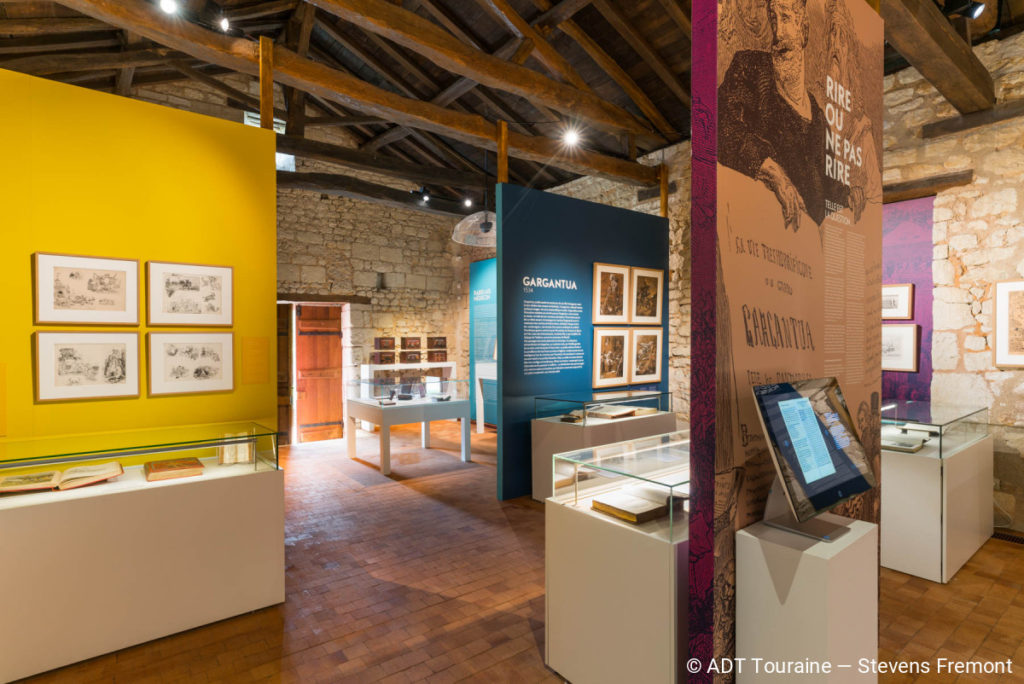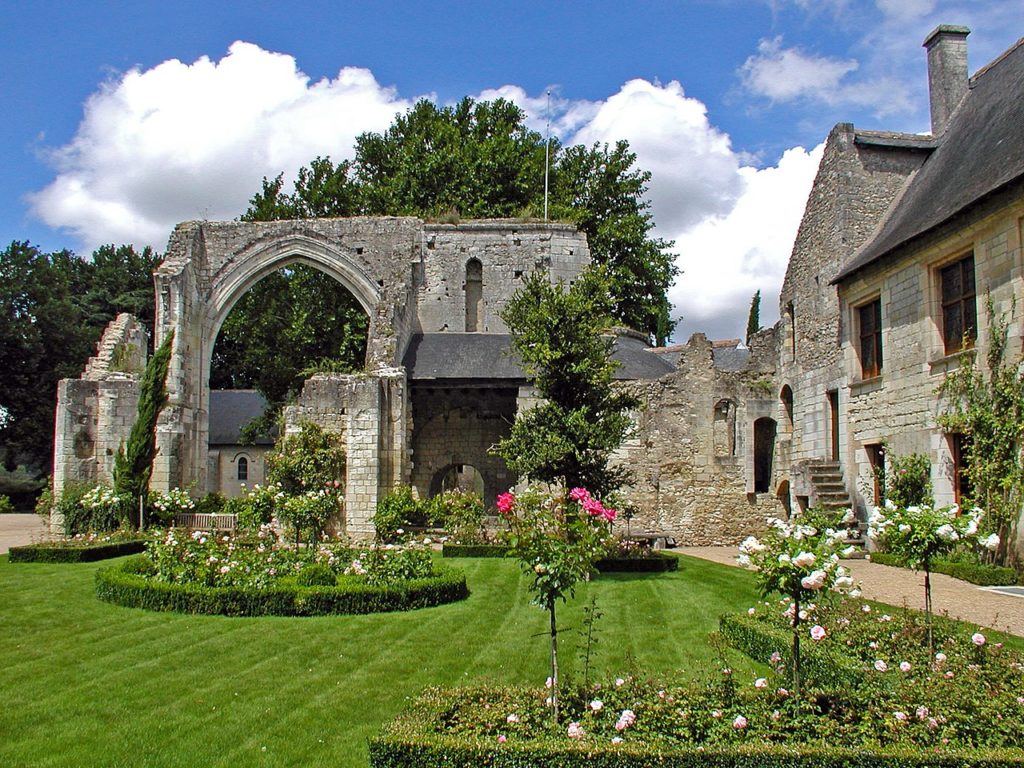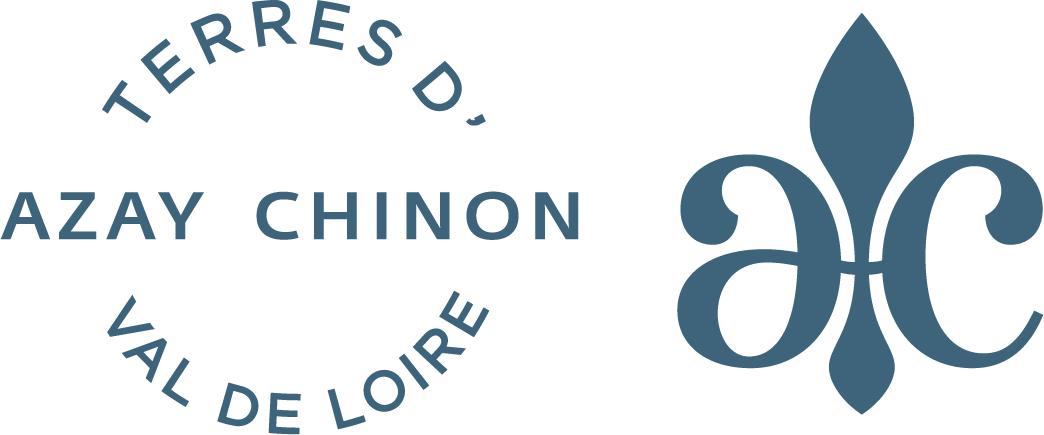Writers' houses
– Destination –
Home » Land of writers and artists » Writers' houses
Touraine writers’ houses: a play in three acts
Act I: Rabelais' childhood at La Devinière (Seuilly: 26 min. from Azay)
La Devinière is the childhood home of Rabelais, French writer and humanist of the Renaissance.
As such, it inspired one of his most famous novels, Gargantua, which he published under the same pseudonym as Pantagruel: Alcofribas Nasier (anagram of François Rabelais) Abstractor of Quintessence.
It was there, at the Château de Grandgousier, birthplace of the giant, that the picrocholine war took place, a metaphor for the rivalries between François 1er and Charles V.
This means that you absolutely have to visit this beautiful Chinon farmhouse, today a museum built around a 16th century dwelling, a 17th century dovecote and outbuildings.

Act II: Ronsard's residence at the Saint-Cosme Priory (La Riche: 18 min. from Azay)
The Canons of Tours in the 12th century already referred to the place as the "paradise on earth making it easier to reach true paradise".
Four centuries later, this feeling also animated Pierre de Ronsard since he was its Prior for nearly 20 years, before dying there.
He also rests in the local church, where a museum preserves the history, spirituality and poetic spirit that animated them. If the gardens have been redesigned with a beautifully designed interactive scenographic route, the roses dear to Ronsard continue to bloom there with the same freshness and the same beauty.
Sweetheart, let’s see if the rose that this morning had open...

Act III: Balzac's retreat to the Margonne family (Château de Saché: 9 min. from Azay)
It was in this Renaissance house remodeled in the 19th century, far from Parisian life and its creditors, that this famous Tourangeau came to (re)find inspiration in the silence of the room reserved for him by Jean Margonne.
Balzac himself summed up what brought him there: “Sache is a remnant of a castle on the Indre, in one of the most delicious valleys of Touraine. The owner, a 55-year-old man, once made me jump on his knees, he has an intolerant and devout, hunchbacked, unspiritual wife, I go there for him, then I am free there, I am accepted in the country like a child, I have no value there, and I am happy to be there like a monk in a monastery” (Letter to Mme Hanska, March 1833).
It was there that he notably wrote part of Le Père Goriot, Louis Lambert, César Birotteau and Les Illusions Perdus. It was also there, in the idyllic setting of the Lys valley joining Saché to Azay, that he set his famous novel Le Lys dans la vallée.
Today, the Balzac museum is a little gem where it is good to linger.







